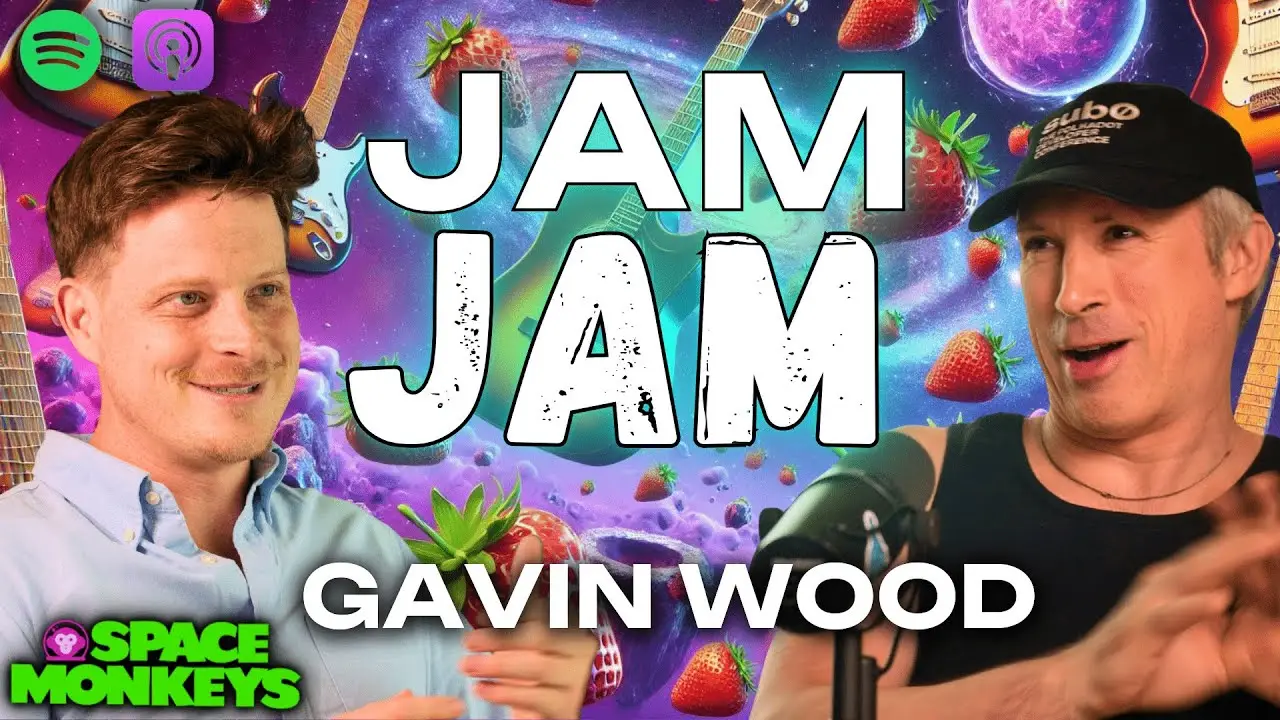In an insightful episode of The Kusamarian Space Monkeys podcast, Gavin Wood, co-founder of Polkadot, sat down with the host to discuss JAM (Join Accumulate Machine), the next evolution in blockchain technology. The interview, held in Singapore during the PBA event, provided a comprehensive look into JAM’s purpose, its relation to Polkadot, and the broader implications for the blockchain ecosystem.
The Concept of JAM
Gavin Wood began by explaining that JAM serves as a foundational layer, akin to hardware in a computing analogy. JAM, described as a machine that “joins” and “accumulates” tasks, aims to enhance the scalability and composability of blockchain networks. He likened it to a CPU, over which different operating systems can run, facilitating a variety of applications.
Addressing the Problem of Generality
Wood highlighted that one of the primary problems JAM seeks to solve is the lack of generality in current blockchain models. He noted that while the parachain model of Polkadot has been effective, the need for synchronous composability and better coherence among shards has become apparent. JAM aims to provide a more general-purpose platform that allows for these requirements, making it a springboard for future developments in Polkadot.
The Role of Parachains and the Future of Polkadot
The conversation delved into how JAM integrates with Polkadot’s existing architecture. Wood clarified that JAM will not replace the relay chain but will work beneath it as a more fundamental layer, essentially creating a new base upon which Polkadot’s parachains operate. This structure will allow for greater flexibility and scalability, accommodating future needs more effectively.
Services and Applications on JAM Chain
Wood emphasized that while JAM will serve as the hardware, various operating systems—or services—can be built on top of it. These services will cater to different needs, from network-oriented processing to user-friendly environments. The Polkadot one service will be a key example, managing current parachains and their interactions.
Technical Insights and Community Questions
The interview touched on several technical aspects, including the construction and execution of work packages. Wood explained that JAM would allow for parallel processing across 341 cores, significantly enhancing computational efficiency. He also addressed questions about sequencing, ensuring that services can interact without enforced order, thus maintaining flexibility.
The Evolution of Polkadot’s Ecosystem
Wood also discussed the concept of “petals” in JAM’s architecture, which represent different parachains or services. He mentioned that while each parachain currently operates independently, JAM will enable these petals to perform more diverse tasks, potentially transforming how parachains are utilized.
Looking Ahead: JAM’s Potential and Challenges
Gavin Wood acknowledged that while JAM is a promising development, it remains speculative, with much work needed to realize its full potential. He emphasized the importance of community involvement and innovation in leveraging JAM’s capabilities to create a robust and scalable blockchain ecosystem.
Conclusion
The interview concluded with Wood reflecting on the future trajectory of Polkadot and the blockchain space. He expressed confidence in the resources available to develop JAM but noted that mainstream adoption would require significant effort and innovation. Wood’s insights underscored the evolving nature of blockchain technology and the critical role of foundational infrastructure in driving future advancements.
The Kusamarian Space Monkeys podcast episode with Gavin Wood offered a detailed exploration of JAM, shedding light on its potential to reshape the blockchain landscape. As Polkadot continues to evolve, JAM represents a significant step towards achieving a more scalable, coherent, and versatile blockchain ecosystem.








